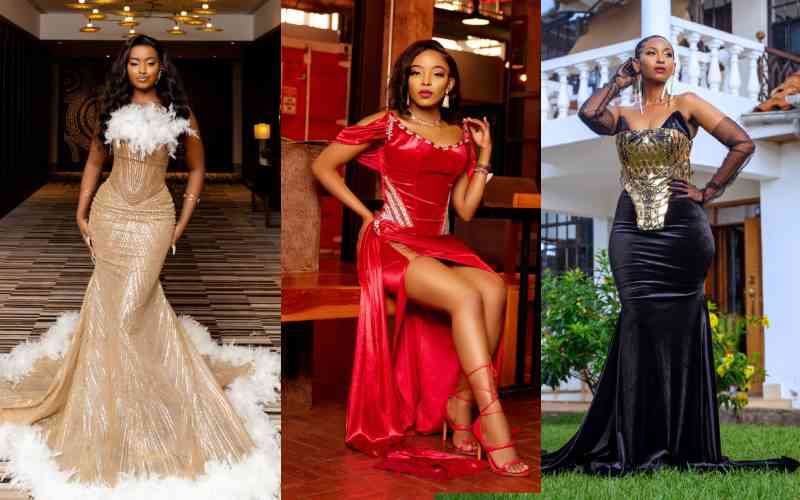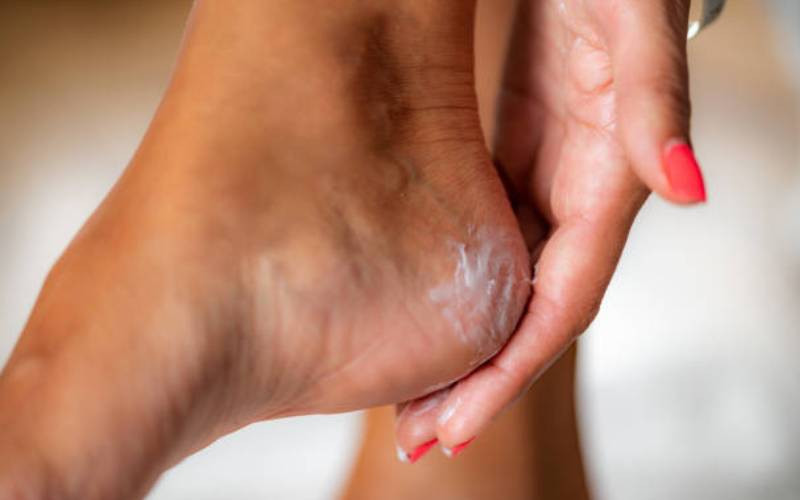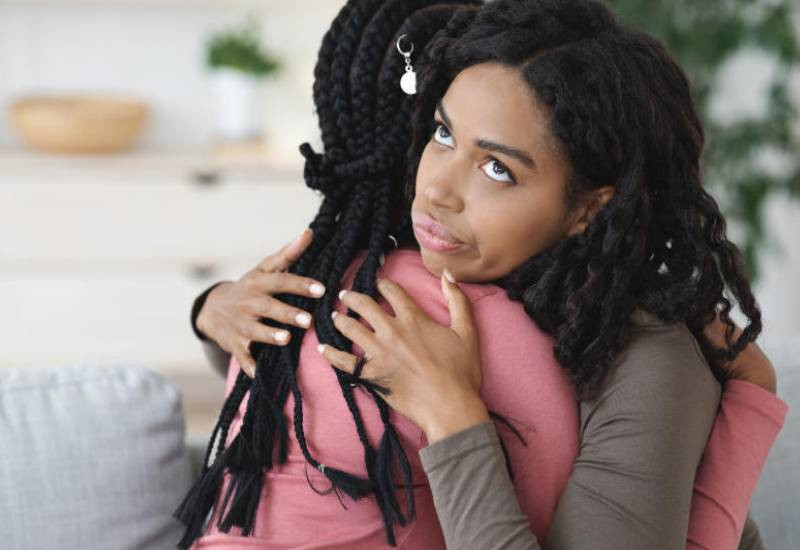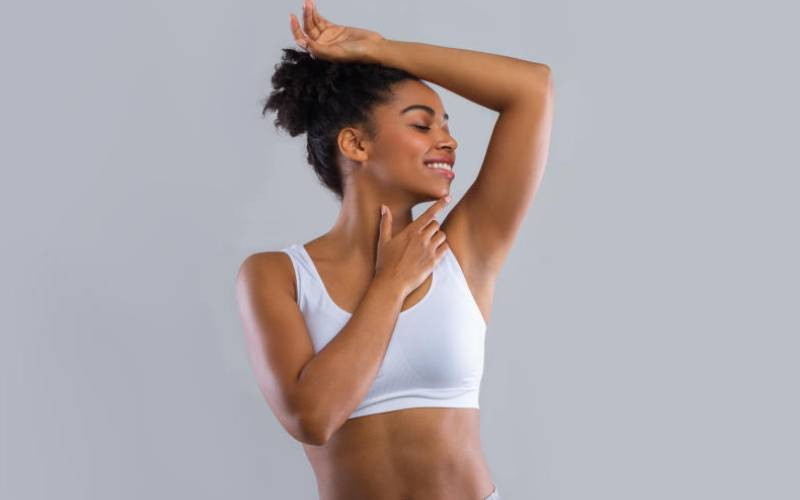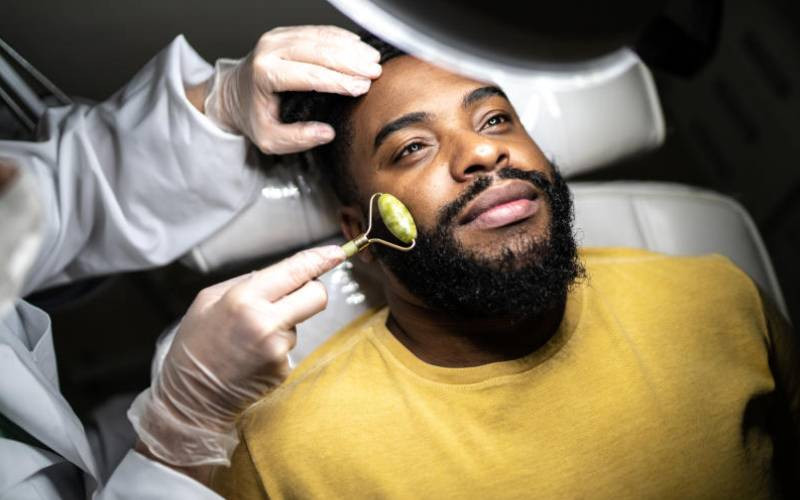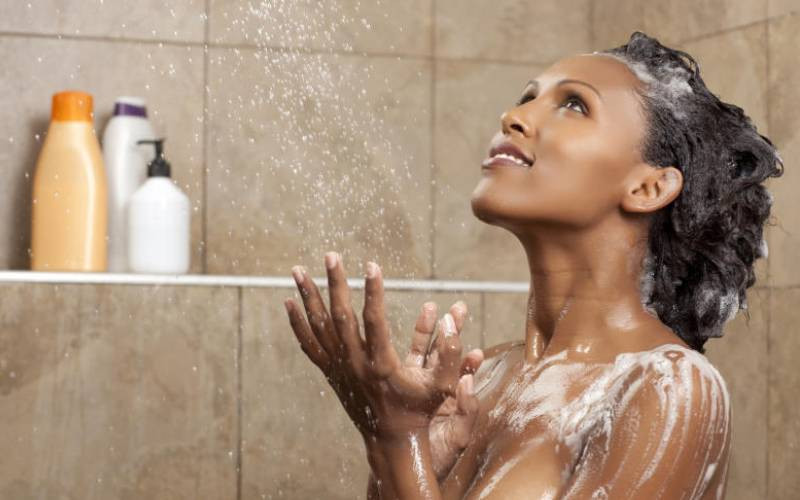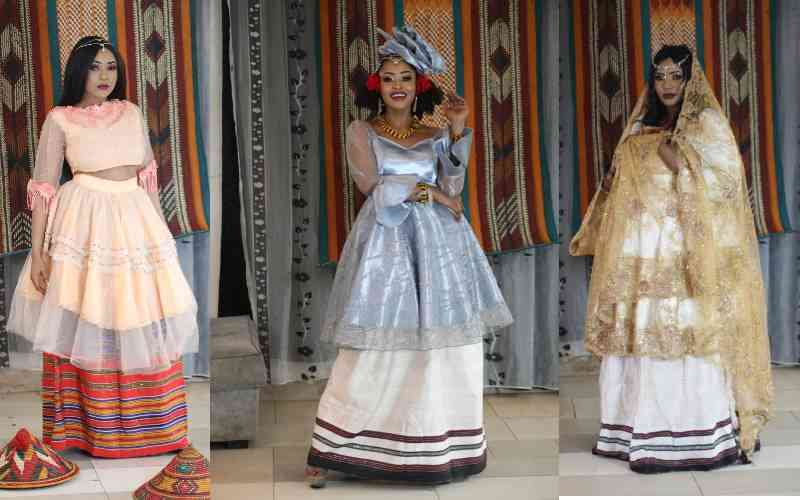
Before we get to Nubian fashion, what does the word Nubian stands for. Nubia is a community whose ancestral home is Sudan and Egypt.
The Nubians later moved to many other countries, including Kenya and Uganda. The majority are Muslim and tend to live in small communities, making them dependent on each other. Not only do they have a complex language and food culture, but they also have a unique sense of fashion.
As they appreciate and value their diverse culture, maintaining tradition is a must for them. A traditional Nubian dress consists of three main parts: the gemis, gurubaba and tob.
The gemis is a kind of top dress that gives the effect of a gown. It can be made to order depending on the colour, length, fabric and sleeves required.
The gurubaba is a thick, heavy cloth tied around the waist to cover the legs. To avoid the hassle of tying it all the time, elastic can be added to the edges of one side to create a skirt-like garment.
The tob is a long and wide sash, decorated and coloured in various ways, which is wrapped around the chest and the excess is thrown over the shoulder. Swahili lesos can be used as a substitute if tobs are not available.
As many Nubians are Muslim, the tob can be wrapped around the head and used to cover the head.
Combined with traditional jewellery such as suk suk (beaded necklace with beaded bracelets and an anklet) and wadi (red thread braided into the hair and left hanging down the sides), the three make a fantastic combination.
- How to baby proof your home in Kenya
- Parental kissing: Should parents kiss their children on the mouth?
- The cost of mother shaming
- Fear of a 'toxic' label should not deter parents from disciplining their children
Keep Reading
A specific traditional hairstyle is braided to match all the regalia.
For the males, there is the tarbush. This is a flat, brimless felt hat in the shape of a truncated cone. It can be combined with kanzus and arafats for a charming look.
Much has been done to modernise the dress to suit the current generation and their aspirations. Sekina Mwaka, a fashion stylist who specialises in Nubian designs says Nubian fashion is an everyday look for any occasion and for those who want to stand out from the crowd.
Sekina, the founder and owner of Seki classy designs, is on a mission to modernise Nubian outfits for Nubians in Kenya and Uganda.
“I add a few modern touches to the outfits with headdresses, veils, lace, custom-made gold and silver accessories and tailor the outfit to the client’s needs,” Sekina says.
With the support of her parents, her team and her mentor, Sekina has been able to create unique Nubian pieces. Some of them have been featured in fashion shows and events across the country, earning her recognition from companies and celebrities such as DNA and Willy Mtuva.
“My goal is to grow my brand and take it to different countries to make these unique clothes a global sensation like the rest. I am also focusing on mentoring young ladies to do what I am doing to make the Nubian fashion sense stand out from the rest of the world,” says Sekina.
With the recent additions and modernisation of clothing, many people are becoming interested in clothing and culture as a whole, making Nubian fashion worth exploring.
 The Standard Group Plc is a multi-media organization with investments in media platforms spanning newspaper print
operations, television, radio broadcasting, digital and online services. The Standard Group is recognized as a
leading multi-media house in Kenya with a key influence in matters of national and international interest.
The Standard Group Plc is a multi-media organization with investments in media platforms spanning newspaper print
operations, television, radio broadcasting, digital and online services. The Standard Group is recognized as a
leading multi-media house in Kenya with a key influence in matters of national and international interest.


